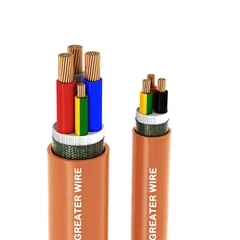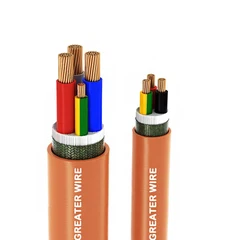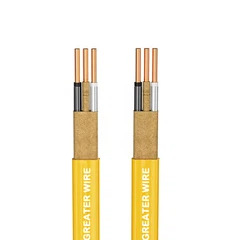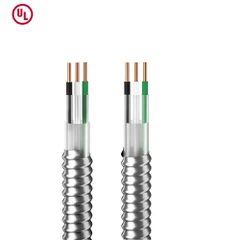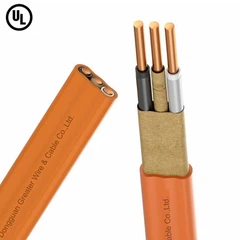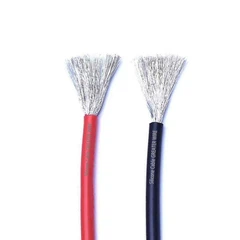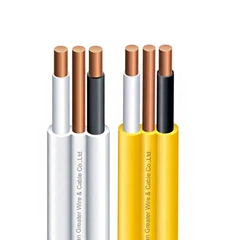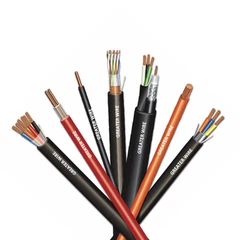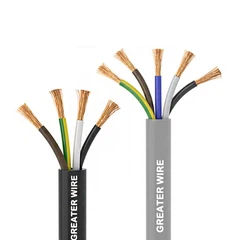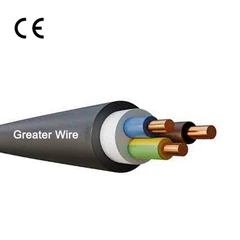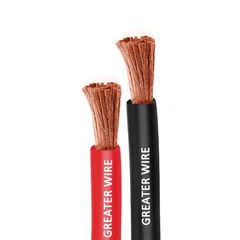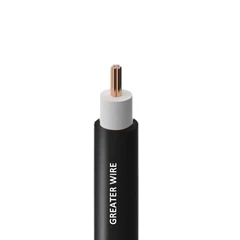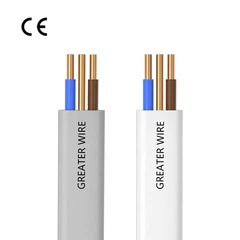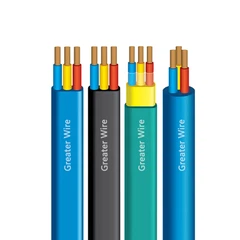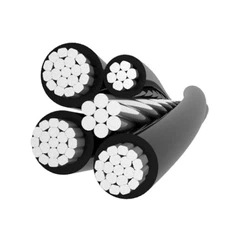When planning electrical projects, many homeowners and contractors wonder: Can I use type UF-B wire indoors? The answer is yes, but there are specific guidelines to follow. UF-B wire (also known as UF-B cable) is designed for underground feeder applications, yet it can also be used inside a building when installed properly. Whether you're working with 6/3 UF B wire, 14/2 UF wire, or other variations, understanding where and how this cable can be installed is essential.
1. What is UF-B Wire?
UF-B wire (Underground Feeder Cable) is a durable electrical cable specifically manufactured for direct burial applications. It resists moisture, sunlight, and soil contact, making it popular for outdoor use. Unlike NM-B (Romex), UF-B cable has a solid thermoplastic jacket that fully encases the conductors.
Common types include:
6/2 UF wire – great for pumps, garages, and small subpanels
8/2 UF wire – often used for outdoor lighting or medium appliances
8/3 direct burial wire – provides higher capacity for outdoor feeders
2. Can UF-B Wire Be Used Indoors?
Yes, UF-B wire can legally be used indoors according to the National Electrical Code (NEC). However, it must follow the same rules as any other wiring method. For example, while 6/3 UF B wire and 8/3 direct burial wire can run indoors, they must not be exposed to physical damage. In finished spaces, conduit or protective covering may be required.
This means you can run 6/3 UF cable inside walls, basements, or garages, as long as it's properly secured and compliant with local building codes.
3. Common Sizes of UF-B Wire and Their Indoor Uses
Different sizes of UF-B wire are suitable for different indoor projects:
6/3 UF cable / 6/3 UF wire 125 ft – Ideal for heavy appliances, hot tubs, or subpanels.
6/2 UF wire – Perfect for water pumps, well systems, or garages.
8/3 direct burial wire – Can serve higher-load outdoor circuits but may also enter a building.
8/2 UF wire – Useful for medium loads like outdoor lighting circuits.
14/2 UF wire – Typically used for lighting and standard receptacle circuits indoors and outdoors.
By choosing the correct gauge of UF-B cable, you ensure safety and efficiency in both indoor and outdoor wiring applications.
4. Advantages of Using UF-B Wire Indoors
Using UF-B wire indoors has several benefits:
Durability – The solid jacket makes it more resistant than NM-B.
Moisture protection – Excellent for basements, garages, and kitchens.
Flexibility – One cable type can be used both indoors and outdoors, simplifying material selection.
For instance, a single run of 6/3 UF B can start indoors, pass underground, and terminate in an outdoor structure-saving time and material costs.
5. Limitations and Considerations of UF-B Wire Indoors
While UF-B wire is versatile, it also comes with challenges:
Thicker jacket – Harder to pull through tight spaces compared to NM-B.
Higher cost – Larger sizes like 6/3 UF B wire are significantly more expensive.
Installation code compliance – Some jurisdictions may require conduit when UF-B cable is exposed indoors.
Always consult NEC requirements and local electrical codes before installing UF-B wire.
We have a full range of UL wires. Whether you need THHN cables for building wiring, TC-ER cables for industrial control, or UF-B cables for underground installation, Greater Wire Manufacturer can provide comprehensive UL standard solutions. From product quality to certification services, we always adhere to professionalism and internationalization. Dongguan Greater Wire & Cable Co., Ltd.is a reliable UL wire supplier. Welcome to contact us for custom quotes and sample support.

